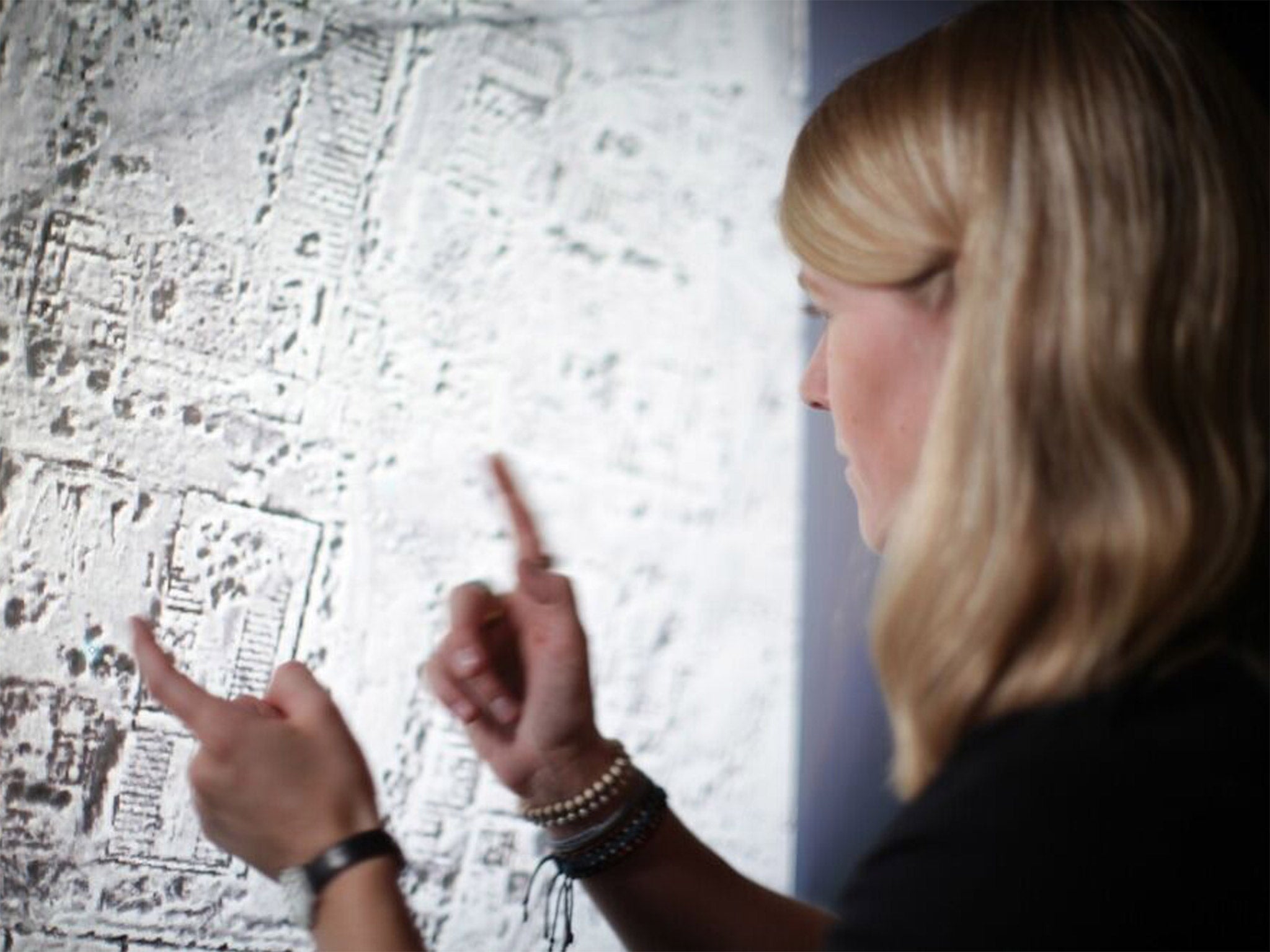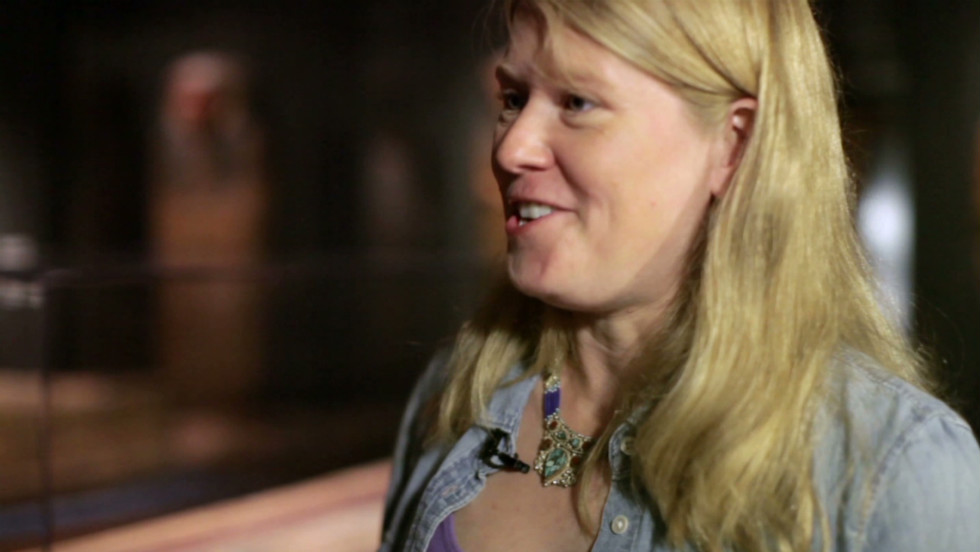


Imagery is suddenly a big deal, and those who are adept at finding it, analyzing it, and understanding what it actually means are going to be in demand in the years ahead. This post is excerpted from The ArcGIS Imagery Book: New View, New Vision. The hope is that, through mapping, unknown sites can be protected to preserve our rich, vibrant history. It’s likely that millions of dollars’ worth of ancient artifacts are stolen each year. By satellite-mapping Egypt and comparing sites over time, the team noted a 1,000 percent increase in looting since 2009 at major ancient sites.

Her latest work focuses on the looting of ancient sites. She’s used several types of satellite imagery to look for water sources andarchaeological sites. In partnership with her husband, Greg Mumford, they have directed survey and excavation projects invarious places in Egypt.

The method allows for the discovery of new sites in a rapid and cost-effective way. While studying Egyptology in college, Parcak took a class on remote sensing and went on to develop a technique for processing satellite data to see sites of archaeological significance in Egypt. Inspiration comes from her grandfather, an early pioneer of aerial photography. Sarah serves as the founding director of the Laboratory for Global Observation at the University of Alabama at Birmingham, where she is a professor. She is from Bangor, Maine, and is a National Geographic Society Archaeology Fellow, Fellow of the Society of Antiquaries, and a 2013 TED Senior Fellow. Sarah Parcak is a leading expert on space archaeology. Doing so, she and her colleagues aim to make invisible history visible once again-and to offer a new understanding of the past. As a satellite archaeologist, she analyzes infrared imagery collected from far above the earth’s surface and identify subtle changes that signal a man-made presence hidden from view. There may be hundreds of thousands, if not millions, of undiscovered ancient sites across the globe, and Sarah Parcak wants to locate them.


 0 kommentar(er)
0 kommentar(er)
